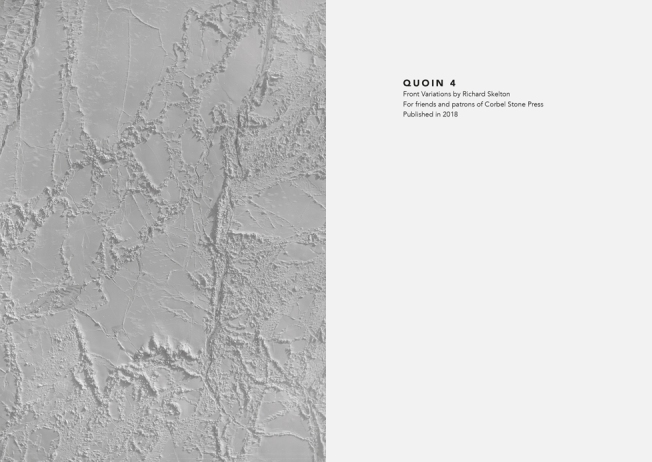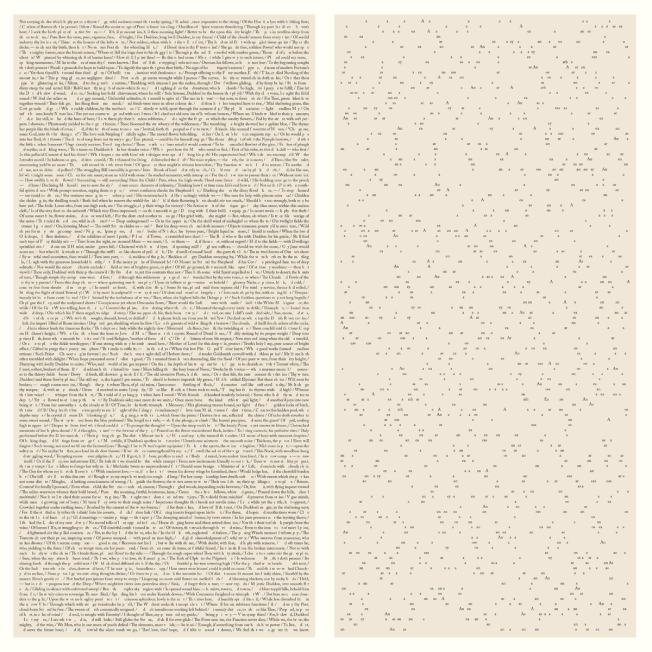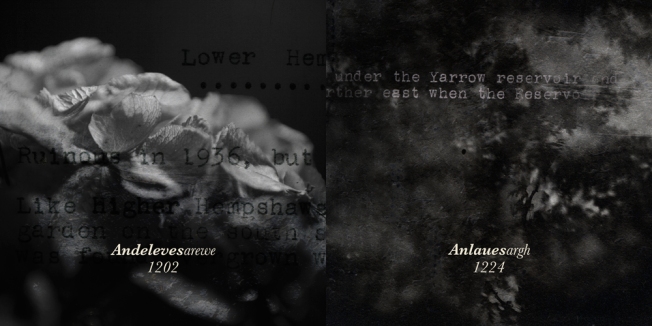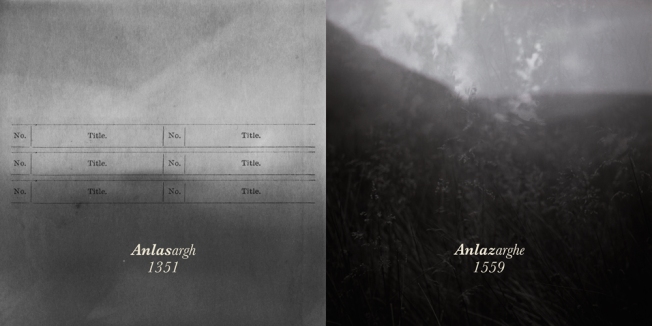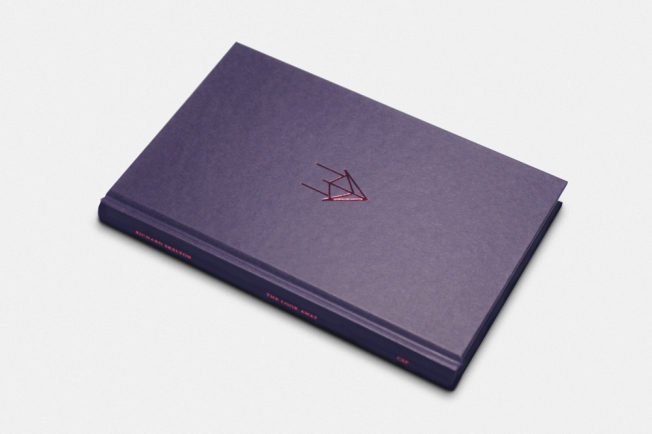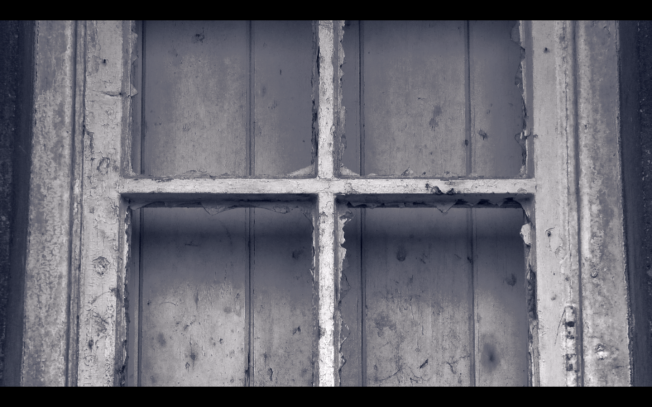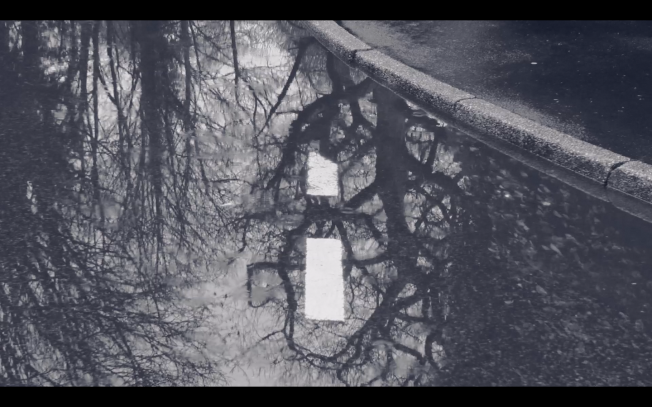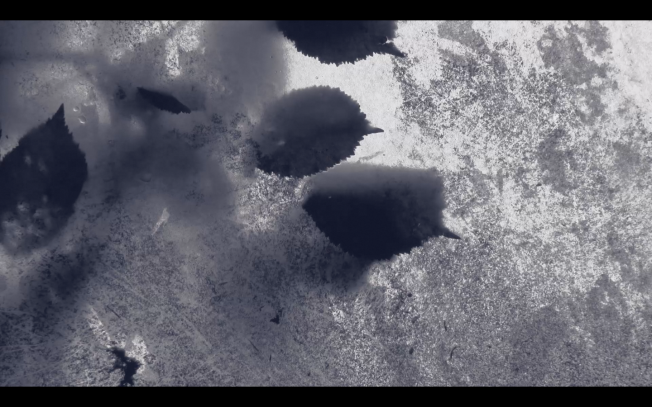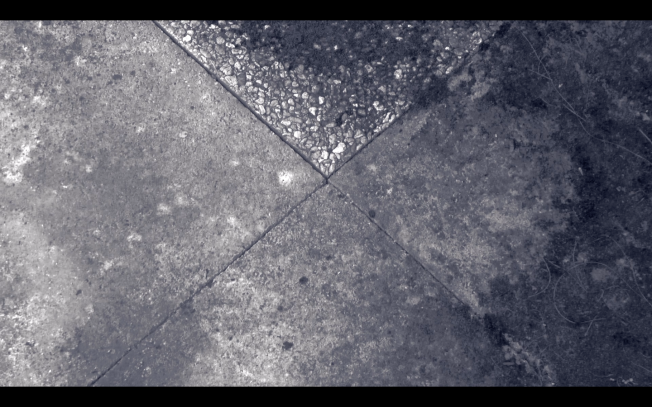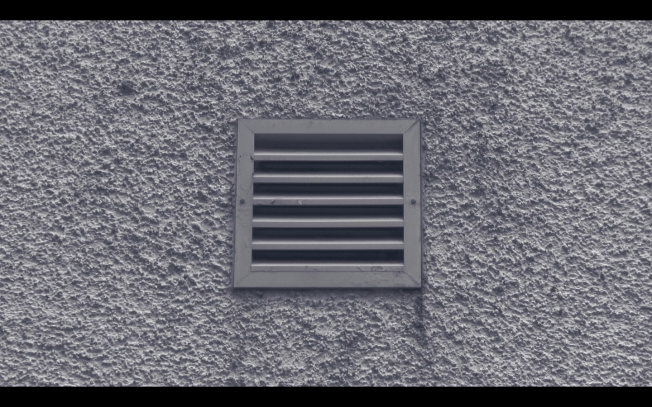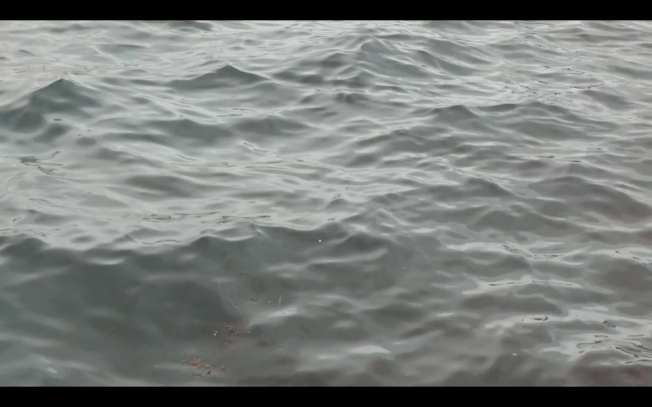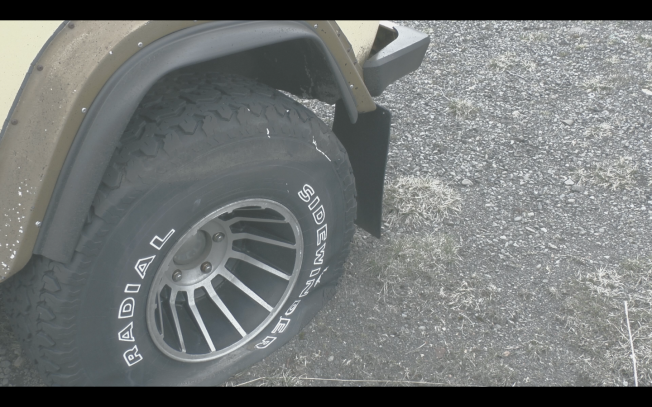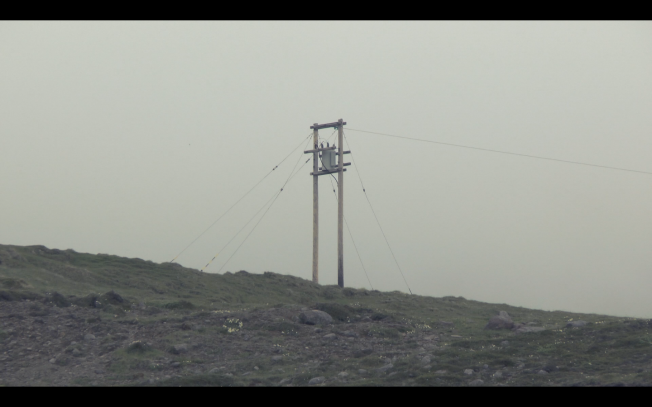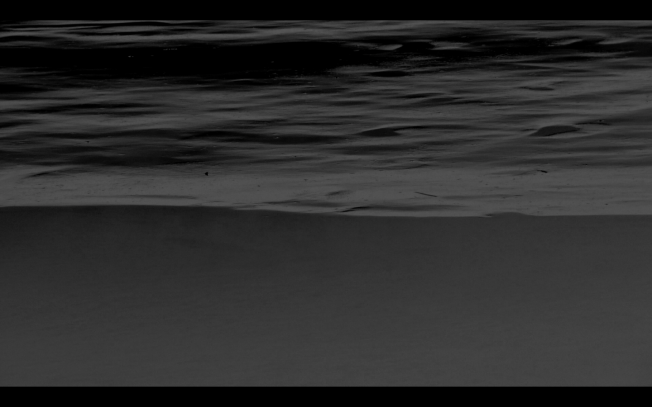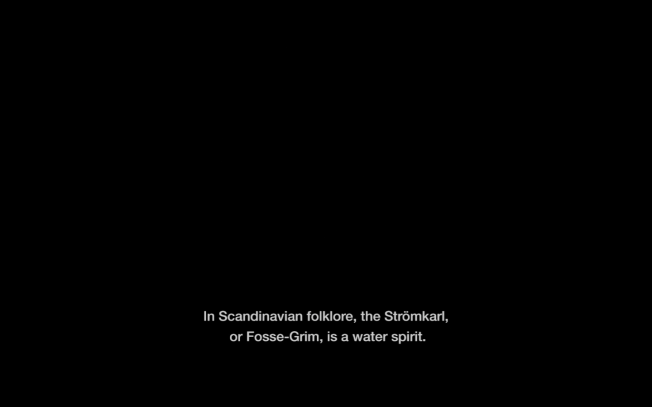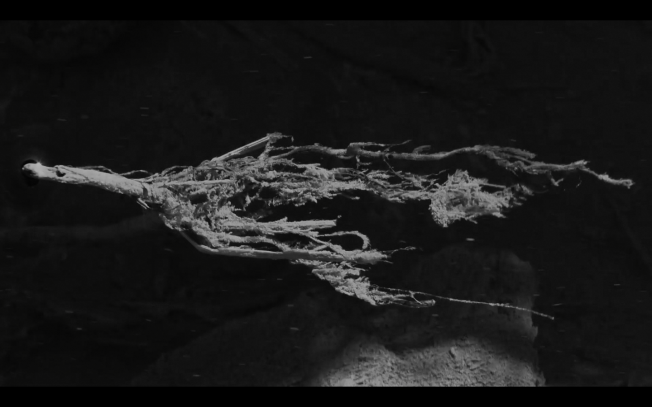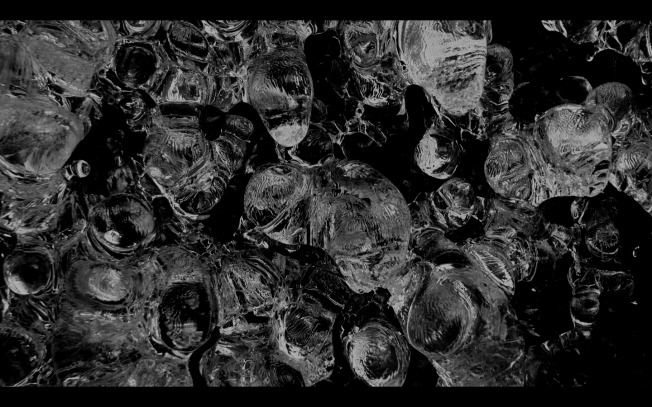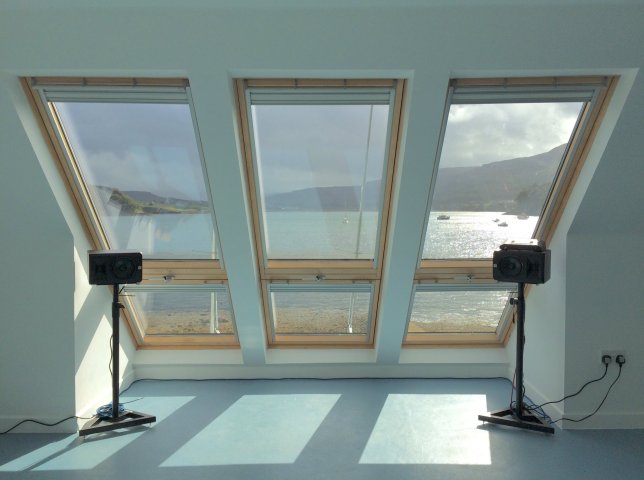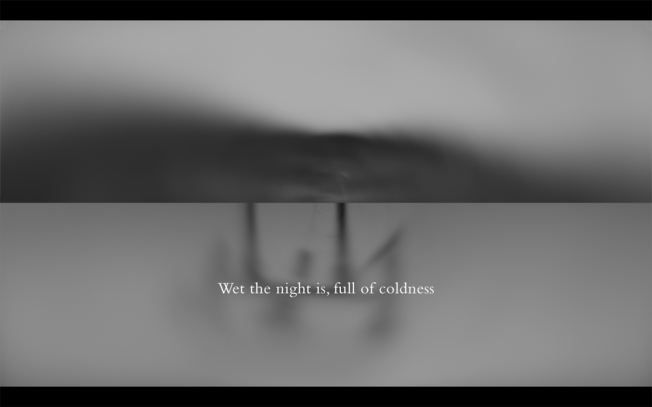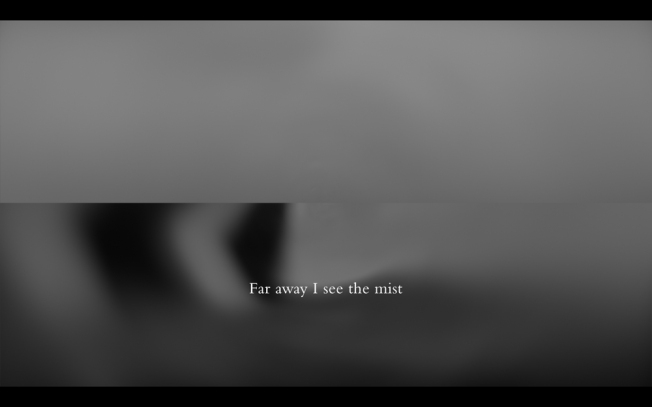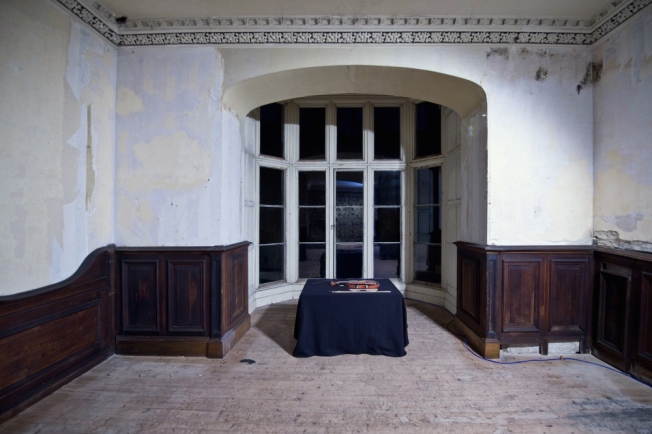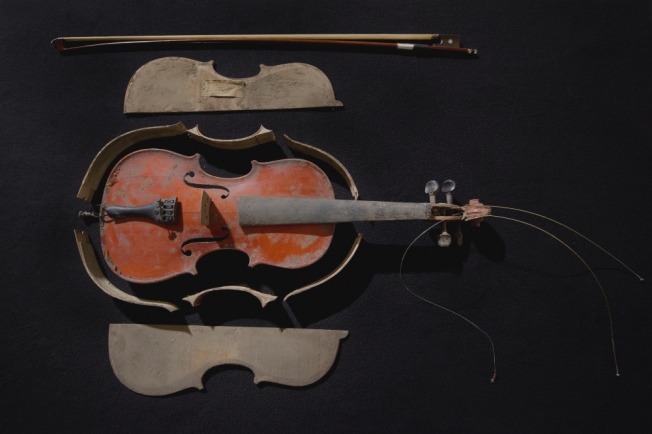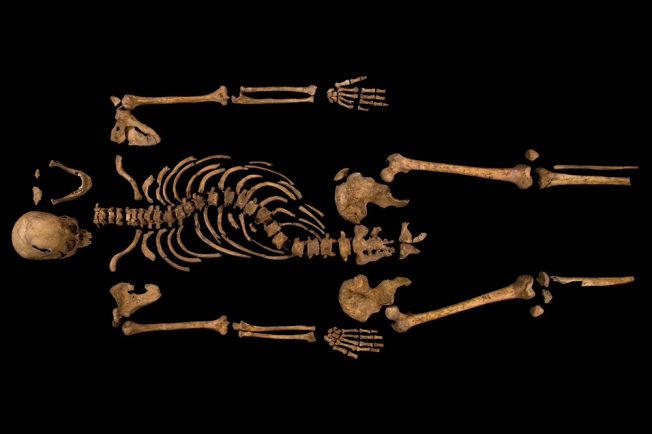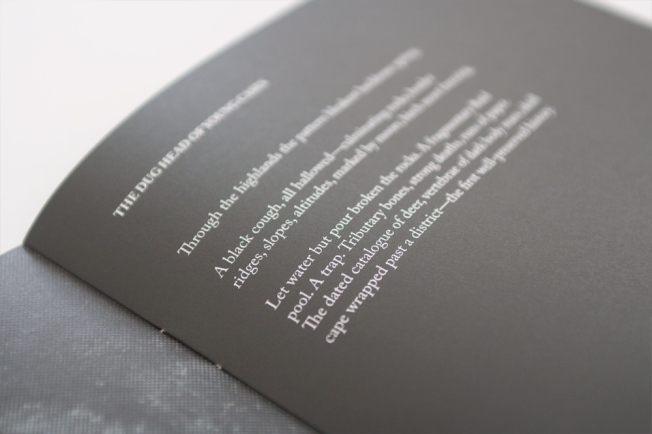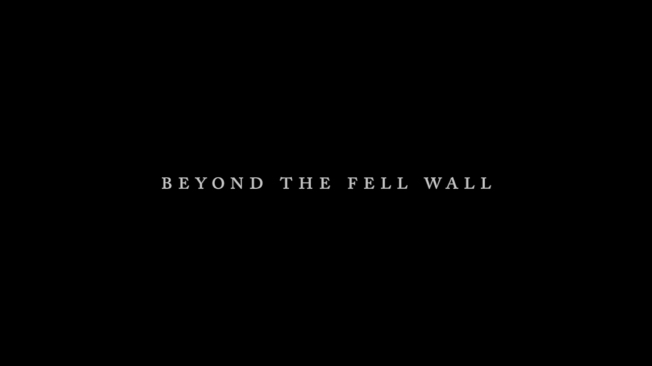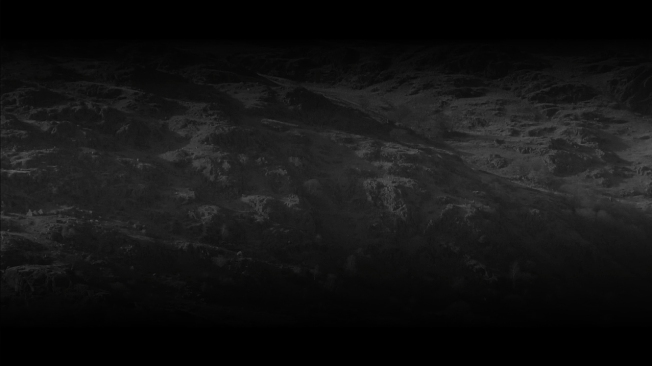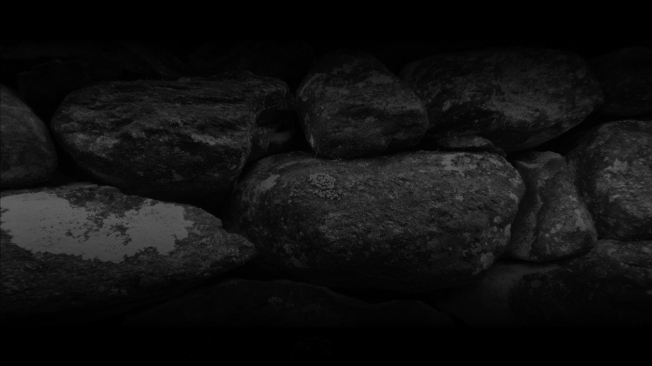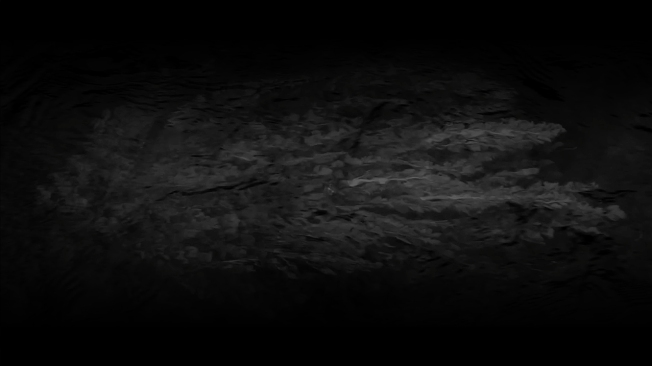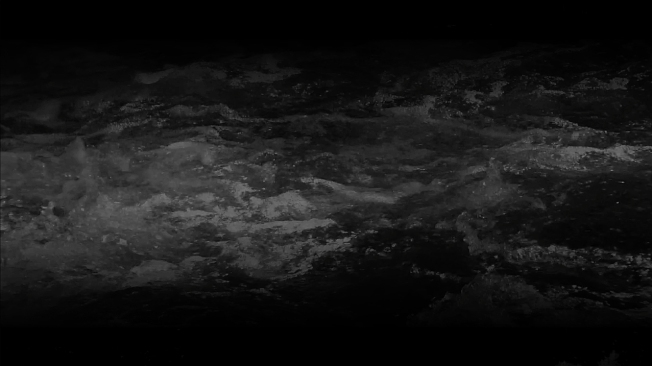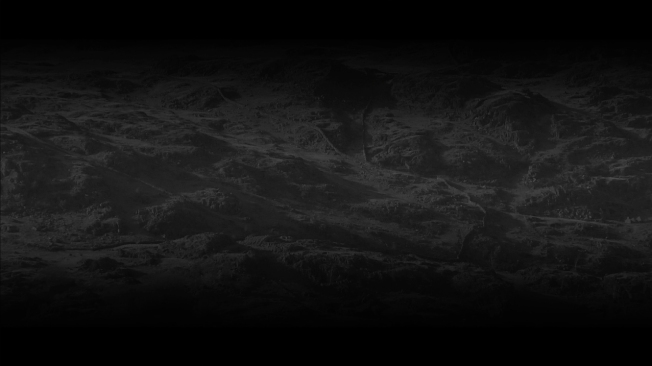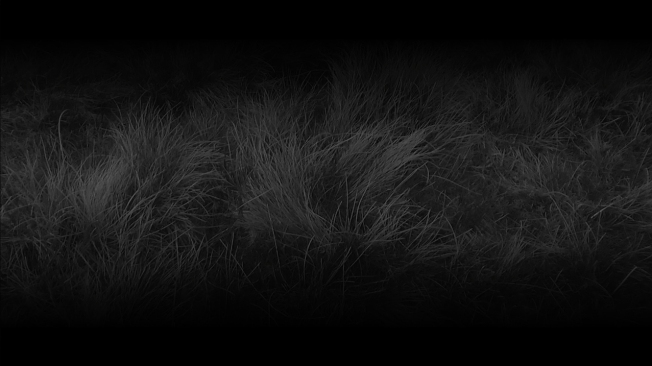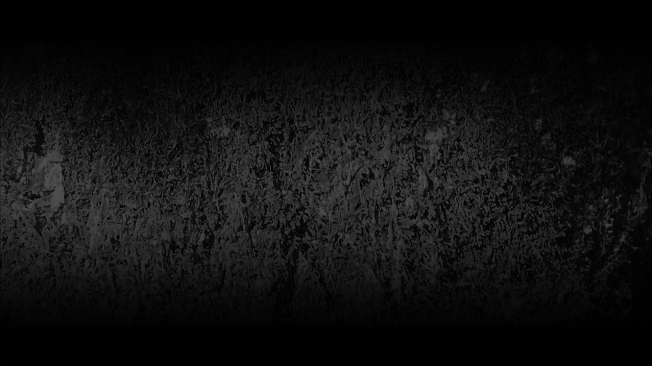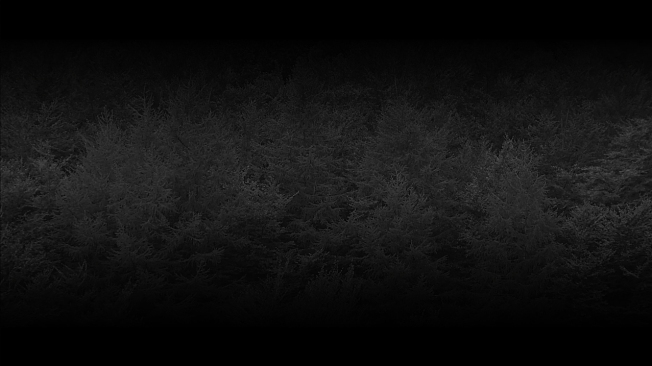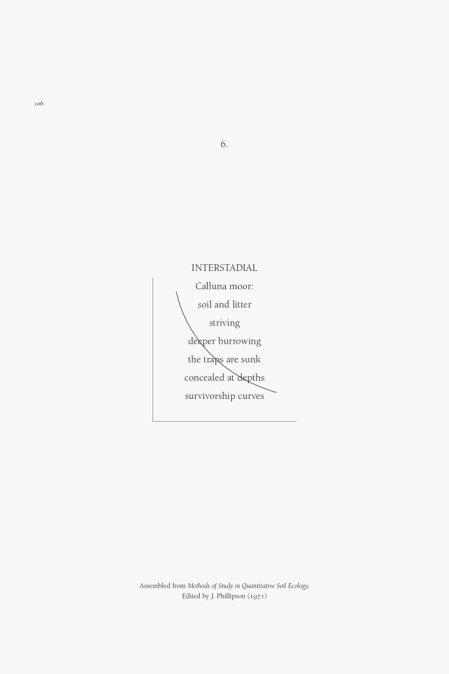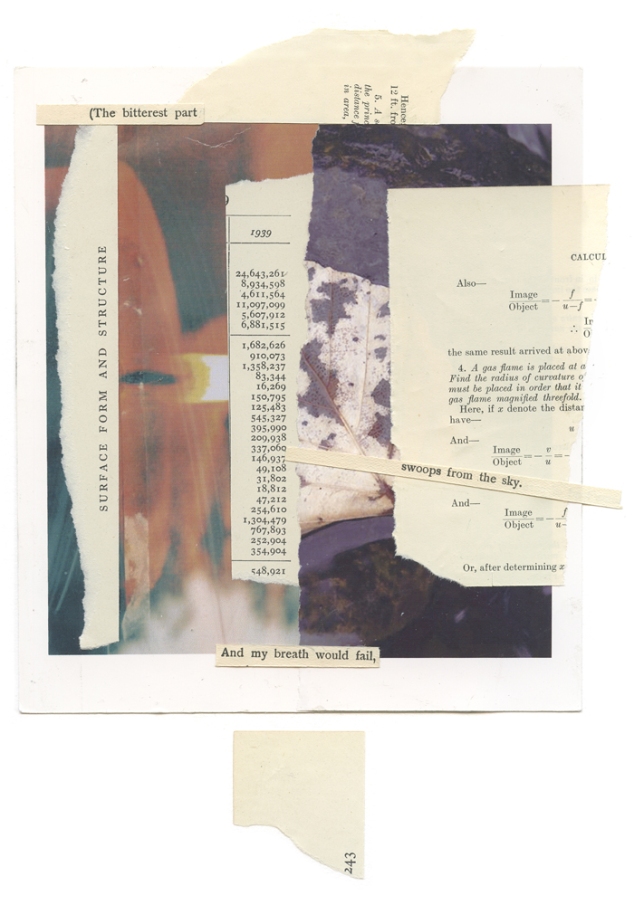
I was recently asked to make a mix for CLOT Magazine. The result is an hour of music loosely constructed around absences, vacancies, and dereliction. The above image is of a deserted church located deep in the north Cumbrian interior, now falling into disrepair. I pass by the building on a regular basis, as I traverse the labyrinthine back roads between Scotland and England. Fittingly, therefore, all the music in this mix is sourced from vinyl — the sound of cracks and pops attesting to a kind of degraded materiality.
Perhaps predictably, the first recording that came to mind was Nico’s ‘No One Is There’ — a favourite song with a haunting melody, and my selection moved out from there, looking for records that had similar resonances, regardless of their provenance or genre. I was therefore interested to discover overlaps between the Baroque inflections of Boismortier’s ‘Concerto for 5 Tenor Recorders’ and the synthetic swells of Vainqueur’s ‘Elevation’, or the howling sonorities of Gareth Davis’ clarinet and Jandek’s cracked harmonica.
The whole mix is held together by the rich field recordings of Joshua Bonnetta’s ‘What Lies in It’, a document of a Californian ghost resort, Salton Sea. In turn, various segues are made with Alan Lomax’s recordings of human voices, many of which crackle and blur with their own disintegrating physicality. These are various documents of (primarily North American) languages and dialects: Blood (00:50), Stoney (07:50), Beaver (17:48), English (25:45 & 36:00), Achumawi (48:45) and Nenet (54:05). Given this proliferation of languages, in the end Nico herself has gone — vanishing through the cracks in her own song to leave only its refrain, looping eternally.
00:00 Joshua Bonnetta — What Lies in It (Shelter Press)
01:05 Tirath Singh Nirmala & Richard Youngs — A2 (Untitled) (HP Cycle)
05:40 Stephen Vitiello — Shake (Farpoint Recordings)
19:05 Baby Ford — New York (Rhythm King)
19:37 Gareth Davis & Steven R Smith — Westering (Important)
23:46 Jandek — Harmonica (Corwood Industries)
29:06 Félicia Atkinson — The Owls (Umor Rex)
36:35 Nico — No One Is There (Refrain) (WEA)
39:00 Musica Dolce — Concerto for 5 Tenor Recorders in D Minor (Adagio) (Grammofonfirma BIS)
40:30 Vainqueur — Elevation (Version 3) (Chain Reaction)
50:10 Jessika Kenney & Eyvind Kang — Orcus Pellicano (Editions Mego)
55:00 Joshua Bonnetta — What Lies in It (Shelter Press)

